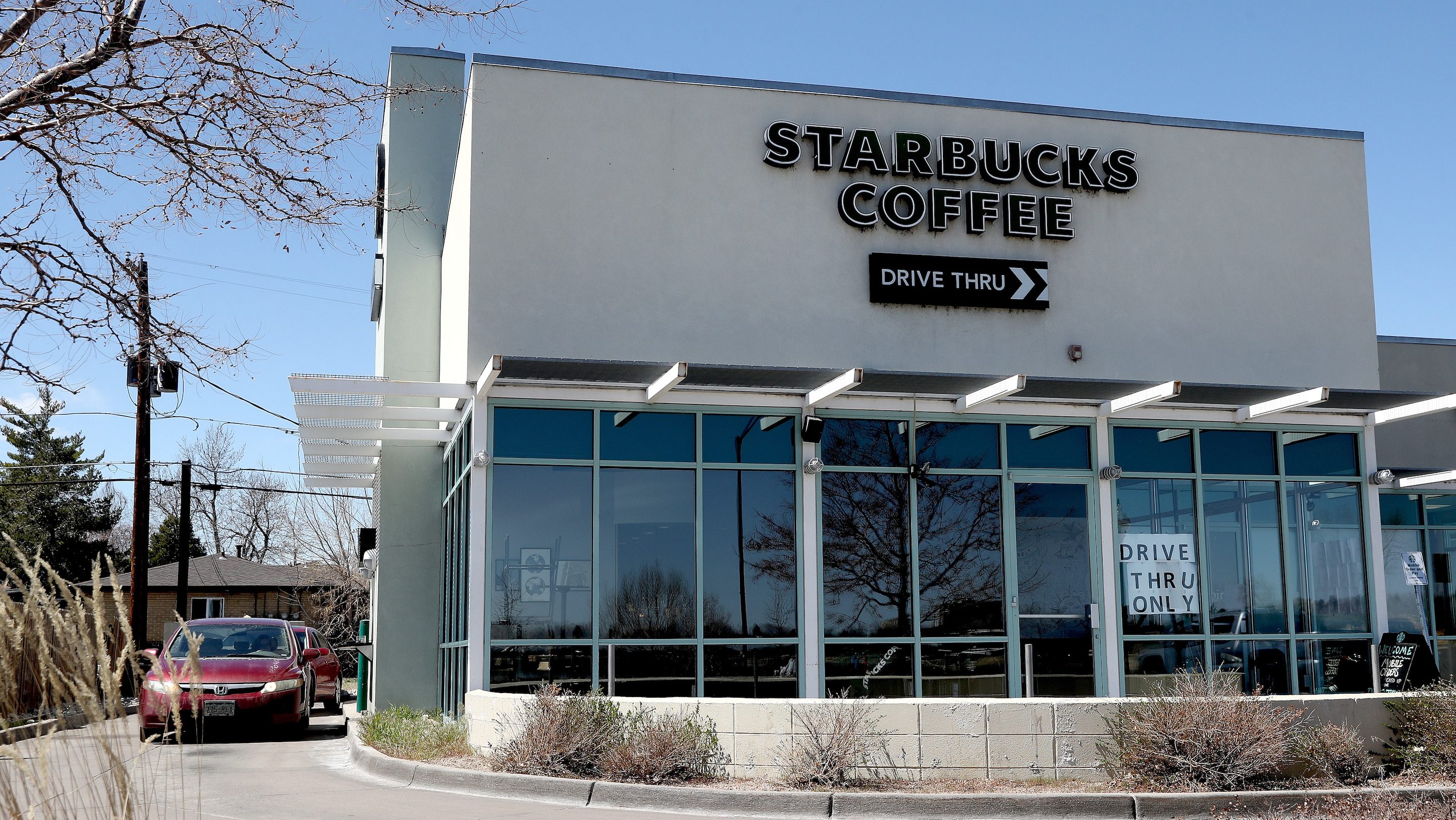Starbucks brews changes to its scheduling algorithm
Chalk one up for old media.
There was an article in the New York Times Thursday detailing the struggles of a woman working irregular hours at Starbucks. Really irregular, like working late into the night, then starting at 4 the next morning.
Now the company says it’ll do better.
Among other things, it has promised work hours will be posted a week ahead of time. And that it’ll make its scheduling software more flexible.
Starbucks is far from the only company that uses workers when, and only when, it needs them. S0-called “just-in-time hiring” is a widespread practice in retail, hospitality and healthcare. There aren’t exact numbers on how many part-time workers fall into this category, but the number of people working part-time jobs, when they would rather be working full-time ones, was about 7.5 million in July.
The practice has caught on because employers don’t want to pay employees to sit around. And, thanks to computers, with all their fancy data and algorithms and software, employers can more easily figure out when all the sitting around might happen. Software scheduling programs ensure people are booked to work only when they are needed.
“They look at ongoing trends, they look at what a store or restaurant or whatever it is, did last year at this hour,” said Susan Lambert, a professor at the University of Chicago.
These predictive programs then factor in specifics. “In Chicago it might be whether there is going to be a Bears game, or what the weather is likely to be,” Lambert said.
And then they spit out a work schedule that can be tweaked again depending on how busy a place gets.
“It’s all about the cost-cutting,” said Peter Cappelli, a professor of management at the Wharton School of Business.
To make sure they have the staff they need, some businesses require employees to be on call 40 hours a week for part-time jobs.
“Sometimes they make them show up,” said Cappelli, “and you’ve got to commute and drive a fair bit, and then you discover whether or not they need you, but they require that you show up.”
All of which can make it very, very difficult to manage your life. To arrange daycare. Go to school. Work a second job.
There are companies out there staring to take these issues seriously, said Joan C. Williams, director of the center for WorkLife Law at the University of California Hastings College of Law.
Right now she’s working with the Gap on a pilot program to stabilize schedules.
In a statement, a Gap spokesperson said of the program: “We know that consistent and reliable scheduling is important to our employees. We are exploring ways to increase scheduling stability and flexibility across our fleet of stores.”
“If you want to be a high-road employer, who employs low-wage workers,” says Williams, “‘just-in-time’ scheduling has begun to seem inconsistent.”
Williams said the focus on cutting costs by matching labor supply and labor demand ignores other business costs.
It also hurts a company’s bottom line, she said, when employees quit or don’t show up because they can’t balance their unpredictable work schedules with the rest of their lives.
There’s a lot happening in the world. Through it all, Marketplace is here for you.
You rely on Marketplace to break down the world’s events and tell you how it affects you in a fact-based, approachable way. We rely on your financial support to keep making that possible.
Your donation today powers the independent journalism that you rely on. For just $5/month, you can help sustain Marketplace so we can keep reporting on the things that matter to you.


















